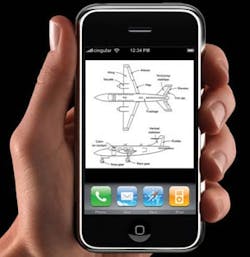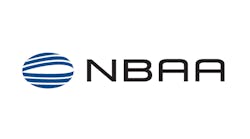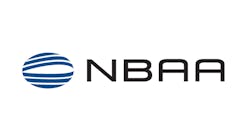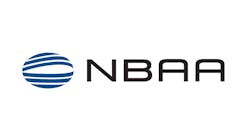We may well see the demise of the training room in the workplace. The whiteboard replaced the blackboard and sooner than you think the majority of training will be delivered online, be interactive and much more focused.
That’s the view of Alan Wright, head of new media training at RMIT University in Australia. Wright has a 20-year background in the delivery of compliance training in the transportation and mining sectors. His work involves him consulting for some of biggest companies in the world as well as specialist training for governments and regulators.
It looks like we have all the boxes ticked on a wish list that can deliver a secure, reliable training platform. For business the benefits are twofold: Productivity savings in having less downtime assigned to training, and savings on travel and accommodation associated with running training courses and renting training rooms.
More importantly, training is delivered in a consistent format across all locations, and wireless connectivity where needed solves many of the problems.
The trainee is far more engaged when learning at their own pace, and the assessment process is more comprehensive and thorough. In designing new media training packages, the authors are able to structure the learning similar to a game, using animations, diagrams and alternate scenarios that make this a good experience.
RMIT University ran a two-day workshop in conjunction with Mac iphone to get some application ideas that would be workplace relevant. The attendees were mainly health and safety professionals. They went away with a large box full of white board printouts to consider. The convenor Alan Wright commented that he was glad the room was not full of engineers and technical people, as he would have had to hire a truck.
Phone applications can be applied to so many essentials of the work environment. It becomes so easy and reliable to refer to safety procedures, emergency information and reference information on a phone screen. That can be linked to reporting and help lines that broadcast the situation and activate response in just seconds.
That is where our personal phone technology is today; who knows what the next wave will bring. Mac iPad will take us deeper — and every other developer has a building full of bright people working on the next best thing.
The other seriously interesting development comes from the Wii gaming technology. In the mining and natural gas industries, this software is being adapted to training operators in the changing of complex filters on valves and entry into confined spaces — all without the associated risks of attempting real-life situations.
Once the training professionals explore these potentials, this will change the way many complex operations are taught. Maybe take your children’s toys more seriously and get in some practice.
Increasingly in the workplace, refresher training, bringing staff up to date and up to speed on their day-to-day operations is being delivered online. The same applies to site induction/evacuation procedures. Where people have computer access, either at work or at home, this training can be done in your own time and linked to a multiple-choice assessment. The company can confirm that the training has been done and an assessment score recorded. This software is in use at many major airports and by airlines as a really effective way of getting everyone trained quickly, consistently and without disrupting rosters. Staff appreciate the convenience, and the company has a record of the training results and an alert if further training is needed.
High-quality Flight Sim packages have been around for a few years and include many aspects of ground handling operation. The trainer, working along side the games developer, creates a very comprehensive training package on screen. Backed up with a few hours of supervised practical application, the job is done to everyone’s satisfaction.
The online capability to provide important amendments to operations, and notices of changed conditions can be communicated fast and accurately. Any changes to the airside road system, aircraft lead in routes or pushbacks can be distributed electronically and is availably universally across the airport community. Systems are available to confirm that essential information has been received and confirmed as read.
Very few will mourn the passing of those boring hours in the classroom, listening to endless lectures, crappy PowerPoint presentations and old videos.
Overlooked in classroom-style training, many of these people will have experienced bad classroom experiences in their school days — being lined up in front of a teacher and whiteboard again feels uncomfortable and intimidating. The trainer has no way of knowing that history, although experience will unravel a few clues — restless body language, very often a retinene to become involved in discussion, ask questions or complete any paper- based assignment.
Conversely, you do get the occasional trainee who reverts to being disruptive, asking irrelevant questions, seeking attention. Again this reflects old classroom behaviors that emerge.
Online, or computer-based settings help eliminate that fear of landing back at school-style learning. It does remain intimidating for the part of the workforce that is not computer literate.The transition using new media training is already well established. The aviation industry pioneered simulator training for flight crew. That model has been taken and applied to road and rail transport industries with great success. No injuries, no emissions, and no hazard to the real world represent significant benefits to the company and the community. While the costs are still high, the quality of the training and retention rates reported by most operators justifies the expense.
The need for specific training has never been more essential for the ground handling community. We all work in a different environment that is less forgiving, greater responsibilities and exacting demands. Years of experience doing a task one particular way may be changed overnight and compliance with the new procedure is mandatory. Getting those messages out there quickly and in detail was never possible using paper-based manuals and amendment inserts.
New IT is changing the way training is delivered. It is also making the messages clearer and no doubt safer. All that remains now is for us all to play catch up and apply the technology.





